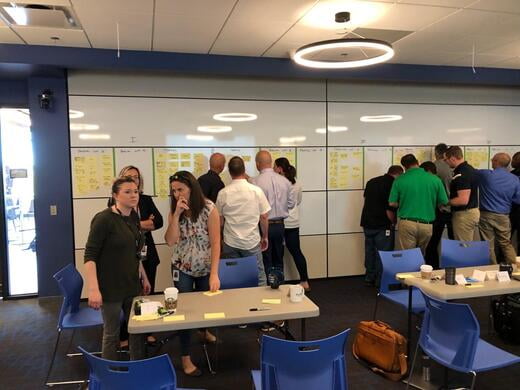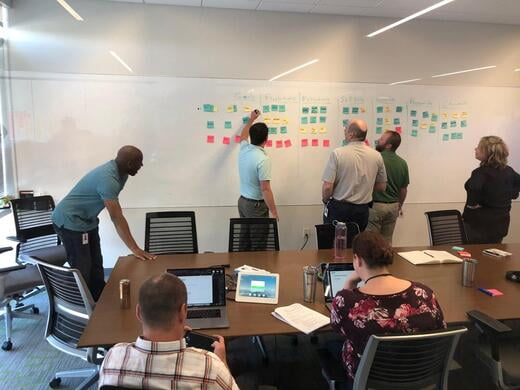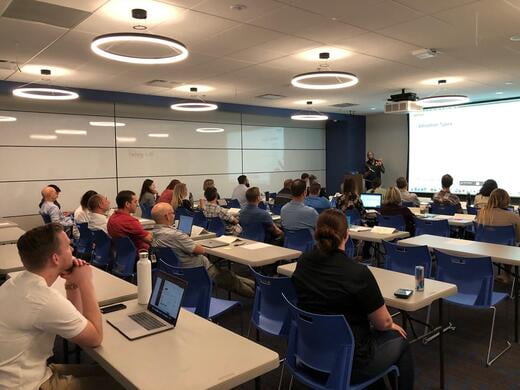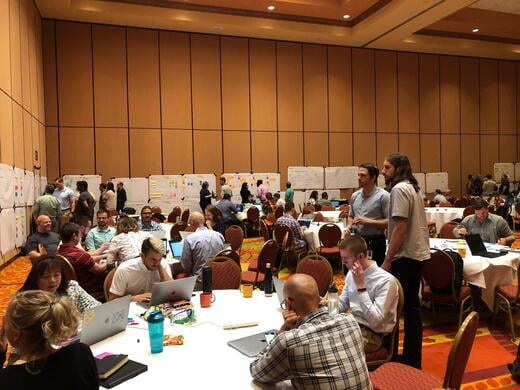Our Purpose
Have you ever been a part of toxic work culture, experienced lousy customer service, or used a terrible product? We have, and it sucks. Many times the answer is simple: Leave. Regardless of the effort and energy you put in, sometimes you just have to accept your loss, lick your wounds, and hope the next time is better. But it doesn't have to be that way. Products, services, and culture can be better, and when they are, everyone feels great. It's like adding a few players to your favorite sports team or rewriting parts in a movie and making it more believable. It takes understanding, intentional design, and action toward clear goals.
We leverage our decades of knowledge and experiences in research and design to identify patterns that lead to bad and good outcomes. We then craft workshops and storytelling content solutions that positively influence the situation. Wrapping it up in accountability plans so that the organization rallies behind it and makes it a reality completes our approach. Research - Design - Action: It's worked in our film, and UX Design careers, and it's working for our clients.
Healthy, happy, and whole employees make better decisions and create more innovative products. Environments with these characteristics attract and retain great talent, saving time, reducing burn-out, and generating more revenue.


Made with passion.
Made with passion.
Misfit Island combines research, workshops, and content for cultural transformation in communities. These communities include the workplace, where most spend approximately 25% of their lives. Often, various communities do not intentionally create healthy environments, especially those who continually feel shunned or excluded. Mental and emotional trauma comes from out-of-control unconscious bias and microaggressions. Companies feel lost, trapped, or unmotivated to make the necessary changes to improve their environments. Misfit Island is here to help.
Our approach is simple: we research, we design workshops, we create content that inspires action, and we provide accountability.
Research helps us understand an organization's unique challenges and opportunities for positive change. Our highly interactive workshops create a shared understanding of how things need to change. Together we develop creative expressions of culture that are communicated through various story channels. We leverage the momentum generated from these workshops and content to develop action steps for change. We hold everyone accountable for implementing changes through continuous touchpoints.
